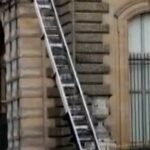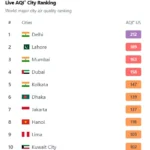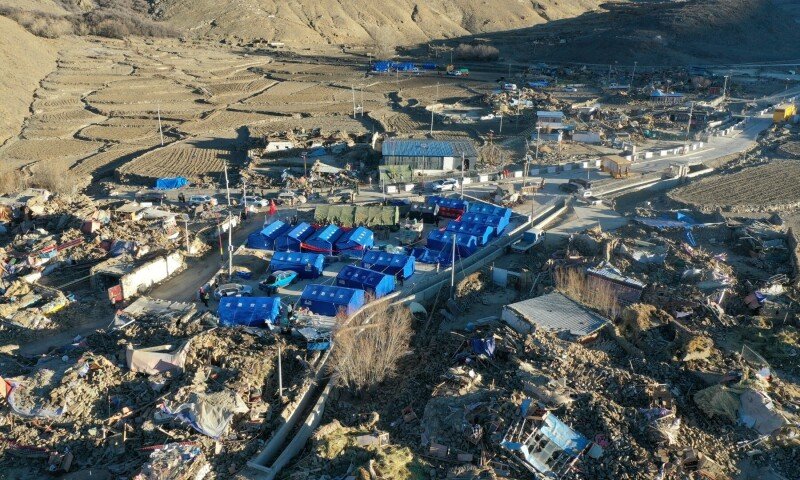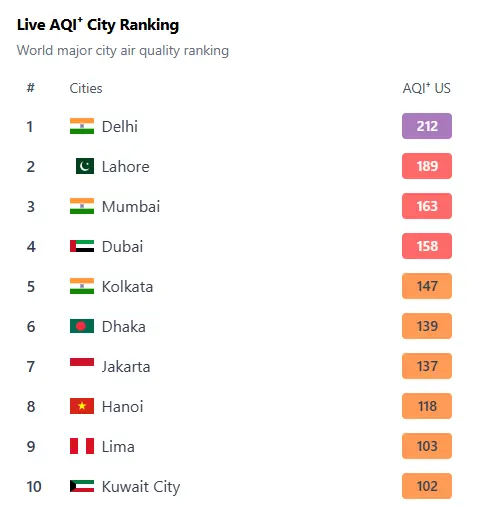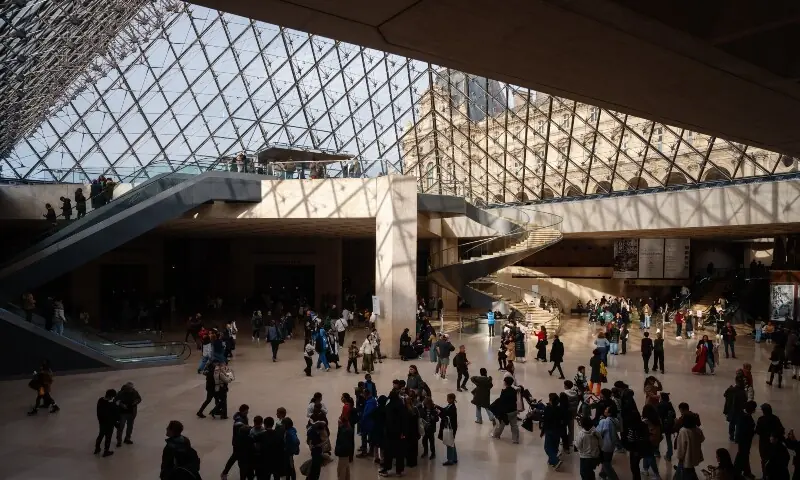At least two monastic centers of Tibetan Buddhism were severely damaged in Tibet and an unknown number of monks and nuns were injured, according to the few state media reports of damage to religious sites since last week’s powerful earthquake.
The 6.8 magnitude earthquake reduced the roofs and walls of a monastery and convent to rubble about 15 kilometers east of the epicenter in Tingri county. China Tibet online reported on Sunday.
Buddhist monasteries and convents are key to Tibet’s cultural identity. Families send at least one male child to a monastery to study, while monks are a source of blessings and advice in communities.
Authorities have not yet revealed how many monasteries and convents were damaged, although they were quick to count more than 3,600 collapsed houses. It was also unclear whether clergy were among the 126 people who died in a count that has not changed since the day of the Jan. 7 earthquake.
The violent shaking trapped several of the Dzongbu Temple nuns, who were then pulled out from under the collapsed structure. China Tibet online saying. Rescuers later moved them to makeshift facilities outside a less damaged monastery.
The nearby Sengar Chode Monastery, founded in 1541, houses several relics, which have since come into the custody of county officials. Global times reported.
As of Tuesday morning, 3,614 aftershocks have been recorded, including two tremors of magnitude 4.9 and 5.0 near the January 7 epicenter.
Local officials found “no obvious damage” to the region’s most important structures, including Tashilhunpo Monastery, the traditional seat of the second-ranking Panchen Lama of Tibetan Buddhism, Shalu Monastery and Pelkor Chode. Tibet Diary reported.
The Sakya Monastery, home of the Sakya school of Tibetan Buddhism, suffered “only minor damage.”
The State Council Information Office (SCIO), which handles media inquiries on behalf of the central government, did not immediately respond to a request for information.
China’s information censorship poses challenges in verifying victim reports, Penpa Tsering, head of the Central Tibetan Administration in India, said on Sunday.
He also said that the needs and rights of Tibetans must be taken into account.
The comments sparked an angry response from the Chinese Foreign Ministry on Monday, which accused him of harboring a “political agenda.”
In the recent past, Tibetan monasteries in China had witnessed scenes of resistance to Chinese rule, with monks setting themselves on fire and demanding the return of the Dalai Lama.
During the Cultural Revolution of 1966-1976, almost all religious structures in Tibet were destroyed.
Many have since been rebuilt and repopulated, although under strict supervision. The ruling Communist Party demands absolute patriotism from monks and nuns, who are required to denounce the Dalai Lama.
There are more than 1,700 Tibetan Buddhist sites with 46,000 monks and nuns practicing in Tibet, and freedom of religious belief in Tibet is fully protected, according to a 2021 SCIO white paper.
